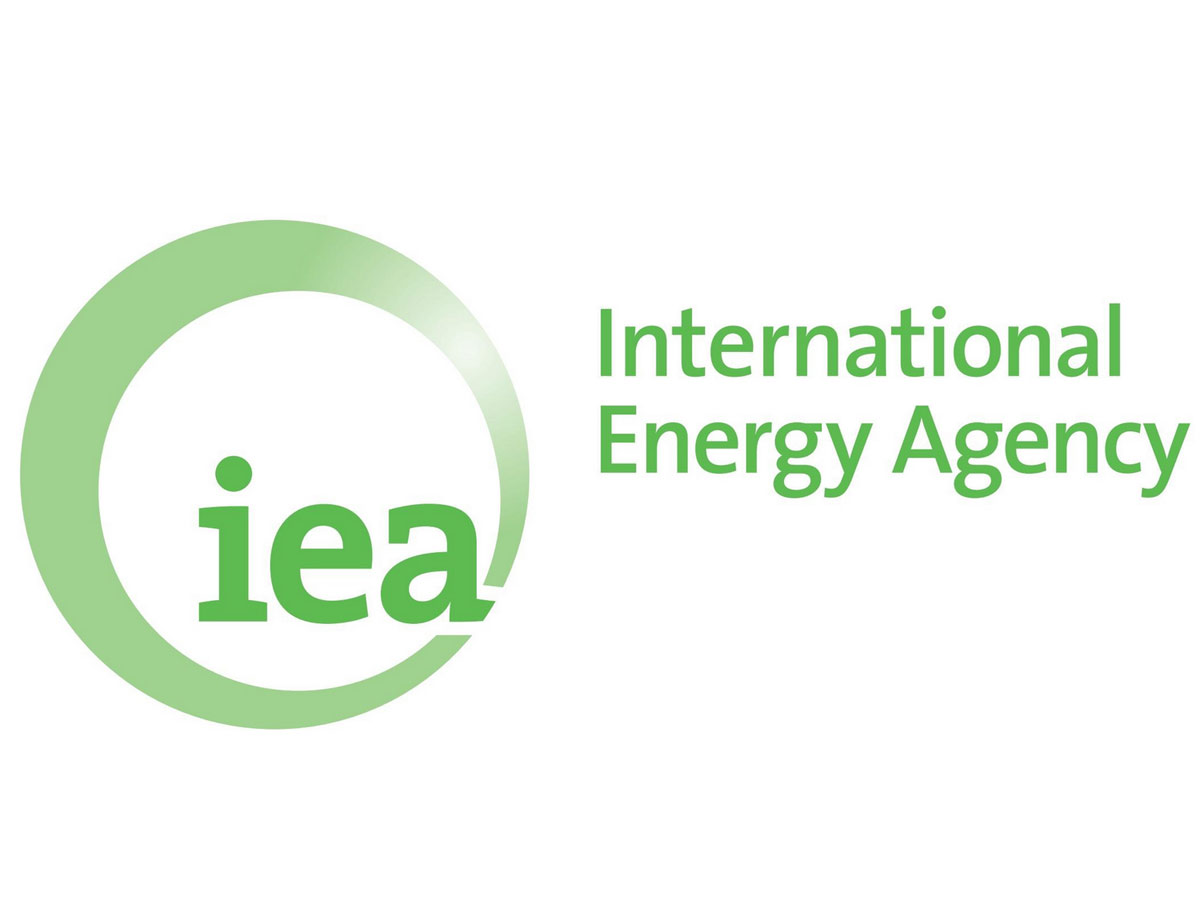The International Energy Agency has launched a new online tool that tracks oil and gas-related sources of methane, a major and often overlooked greenhouse gas, Trend reports citing IEA.
The new "methane tracker” offers the most comprehensive global picture of methane emissions, covering eight industry areas across more than seventy countries.
This new and unique tool provides the IEA’s most up-to-date estimates of current oil and gas methane emissions, drawing on the best available data. It also sets out the reductions that are possible using existing technology and sheds light on this underexplored component of energy transitions. IEA analysis has highlighted that global methane emissions from the oil and gas sectors could be reduced by nearly half at no net cost.
The concentration of methane in the atmosphere is currently around two-and-half times greater than pre-industrial levels and increasing steadily. This rise has important implications for climate change as methane is a potent greenhouse gas. The energy sector is one of the largest sources of methane emissions originating from human activity.
IEA projections suggest that oil and, in particular, natural gas will play important roles in the energy system for years to come, even under strong decarbonisation scenarios aligned with international climate goals. Reinforcing efforts to minimise methane emissions along their supply chains is an essential complement to the reductions in CO2 that are led by increased efficiency and deployment of clean energy technologies.
"The oil and gas sectors have an open goal in front of them. They can avoid close to 50 percent of their methane emissions without hurting the bottom line. Doing so would have the same long-term climate benefits as immediately eliminating emissions from more than half the cars on the road worldwide,” said Fatih Birol, the IEA’s Executive Director.
www.anews.az











